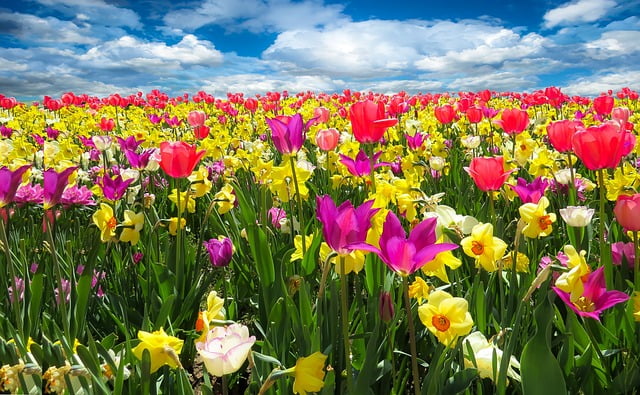While we all cherish gardens that burst with color and vitality during the day, have you ever considered the allure of your garden after the sun sets? Flowers That Bloom at Night, which can leave your outdoor living spaces lacking in visual charm.
This may not bother you, but if you relish spending evenings on your patio or frequently entertaining at night, it’s worth pondering over. 13 Flowers That Bloom at Night have the power to reflect moonlight, infuse your garden with captivating hues, and often exude more fragrance than their daytime counterparts.
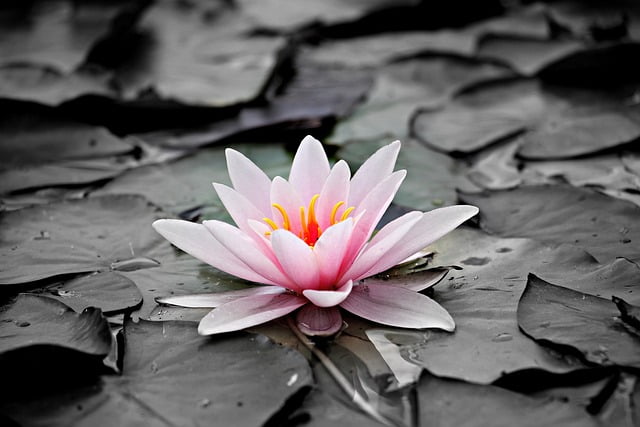
One of the reasons why these flowers are so aromatic is because they rely on attracting nocturnal pollinators who navigate in darkness. Consequently, most night bloomers boast white flowers that reflect light, making them more visible during nighttime.
1. Evening Primrose
Native to parts of North America, the evening primrose (Oenothera biennis) is a biennial plant. Its yellow flowers open rapidly, offering a captivating show on your patio as they unfurl. These blooms remain open till around noon the following day.
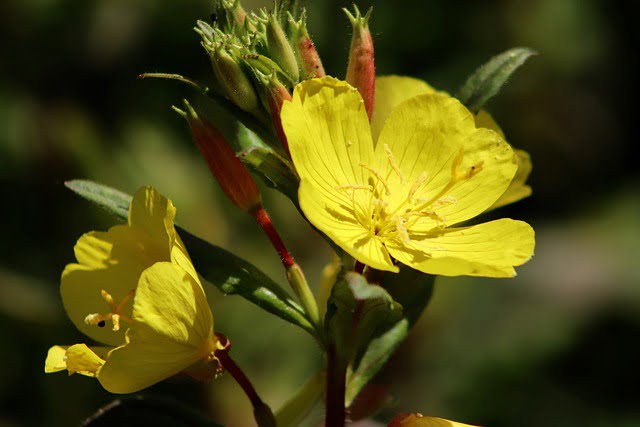
Furthermore, multiple components of the evening primrose plant are edible, and evening primrose oil, extracted from the plant, finds application in addressing conditions such as eczema, premenstrual syndrome, multiple sclerosis, and rheumatoid arthritis. The plant’s appeal to bees, moths, and butterflies underscores its status as a pollinator-friendly option.
Read More: 7 Most Famous Fruit Capitals Of India
2. Moonflower
With its large, white or pink (usually white) flowers, the moonflower (Ipomoea alba) swiftly unfolds its blooms in the evening and keeps them open until after sunrise. On cloudy days, they may remain open well into the afternoon but usually close once the sunlight reaches them.
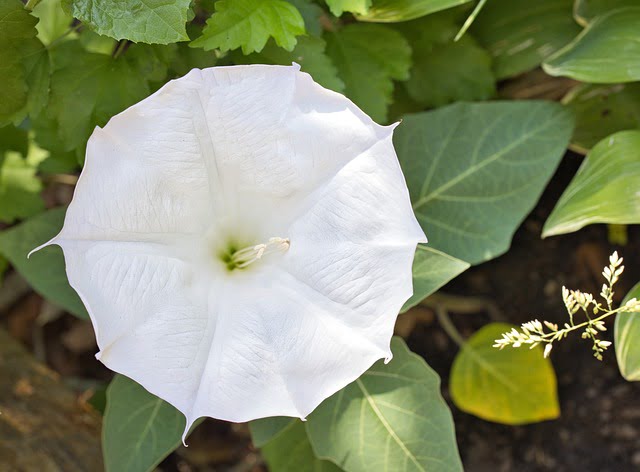
This perennial evergreen vine thrives in moist soil, requiring at least partial sun but favoring full sun. Take care to distinguish moonflower from Datura (also known as moonflower), which is highly poisonous.
3. Datura
Sometimes referred to as moonflower but more commonly known as devil’s trumpet, Datura displays large, showy trumpet-shaped blossoms in shades of pink, purple, yellow, or white.
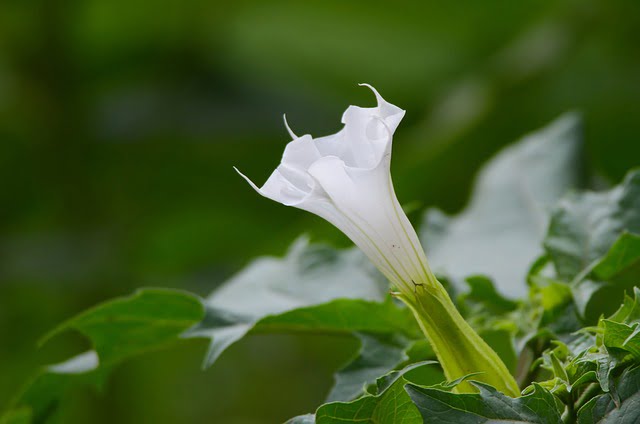
Nonetheless, it is crucial to exercise caution when dealing with Datura, given its highly poisonous nature, and it is recommended to plant it in locations where children or pets do not frequent.
Historically, certain cultures have employed Datura as a poison. It is essential to distinguish Datura from Brugmansia (angel’s trumpets), despite their similar appearance, as they belong to distinct genera.
Read More: Top 7 Natural Wonders Of The World
4. Brugmansia
Believed to be extinct in the wild, Angel’s trumpets (Brugmansia) are commonly found in gardens and garden centers. Angel’s trumpets and devil’s trumpets are often confused, but they have distinctive differences.

Angel’s trumpet is typically more shrub-like and can even be grown as a tree, while devil’s trumpet is a leafy plant. Additionally, the large trumpet-shaped flowers of angel’s trumpets hang downward toward the ground in shades of peach, white, green, red, orange, or pink, whereas the blooms of devil’s trumpets face the sky.
Caution should be exercised with angel’s trumpets as they are highly poisonous and should be kept out of reach of children and pets. Their delightful fragrance enhances the nighttime garden experience.
5. Night Gladiolus
Night gladiolus (Gladiolus tristis) typically blooms from late spring to mid-summer, reaching a height of around four feet. While it thrives in coastal and near-coastal regions of California, it is not drought-tolerant and requires regular irrigation.
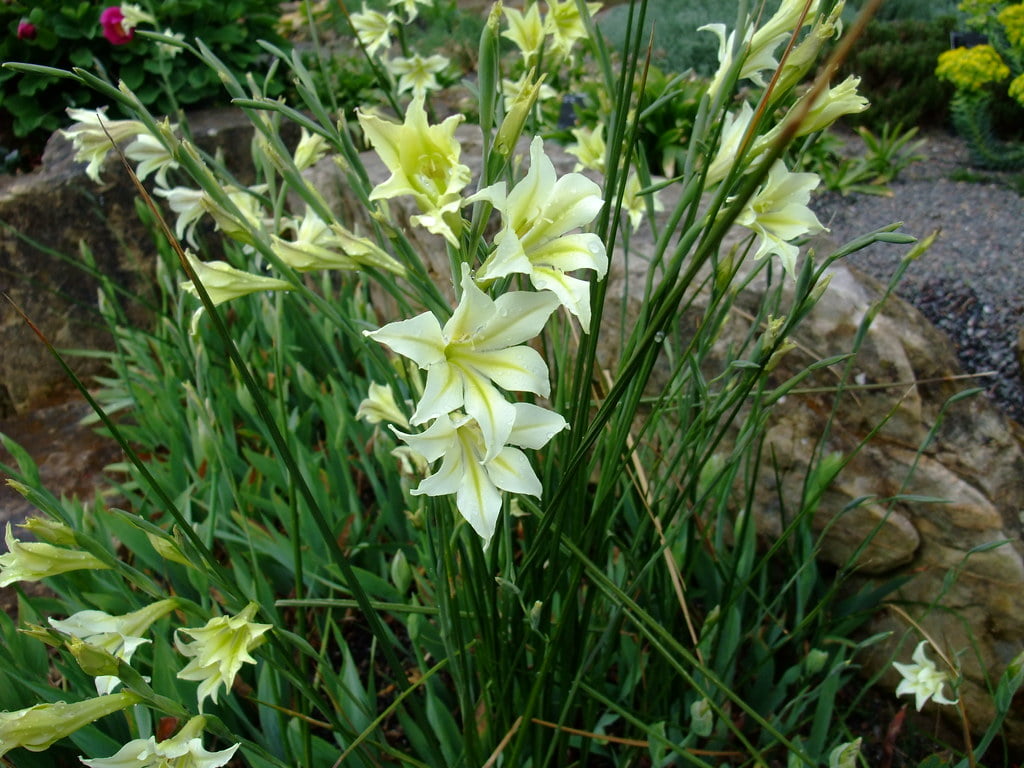
Full sun and well-draining soil are ideal for this species, so consider adding compost to clay soil before planting corms. The light-yellow flowers of night gladiolus bloom at night, releasing a spicy fragrance. Due to its toxicity, it is best to keep this plant out of reach of children and pets.
6. Night Phlox
Also known as midnight candy, night phlox (Zaluzianskya capensis) lives up to its name with its sweet fragrance. This night-blooming flower brings both fragrance and color to evening fragrance gardens or moon gardens, with shades of pink, white, purple, and even reddish-maroon.
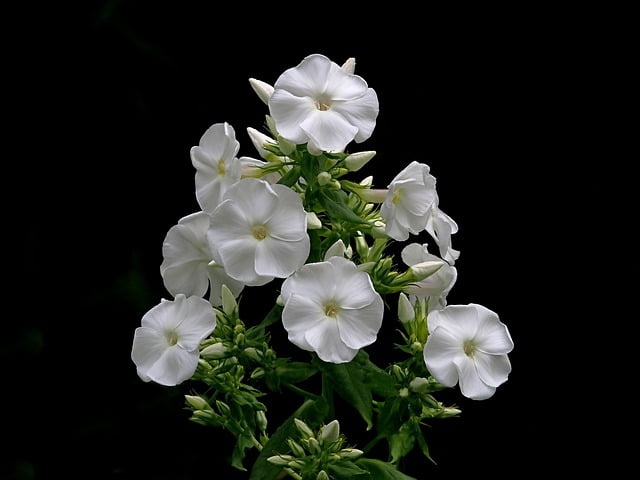
Night phlox, an annual, thrives in containers or flowerbeds and attracts butterflies, bees, and birds. It prefers full sun or partial shade and once established, it can tolerate drought well.
Read More: Top 14 Waterfalls In Madhya Pradesh To Visit In Monsoon
The honey-almond-vanilla fragrance adds a delightful touch to night gardens, especially during summer and fall when it is typically in full bloom.
7. Night-Blooming Jasmine
Night-blooming jasmine (Cestrum nocturnum) belongs to the Solanaceae family and is distinct from the jasmine commonly found in gardens. This night-blooming flower boasts white blossoms with green undertones and a potent fragrance that is most pronounced at night.
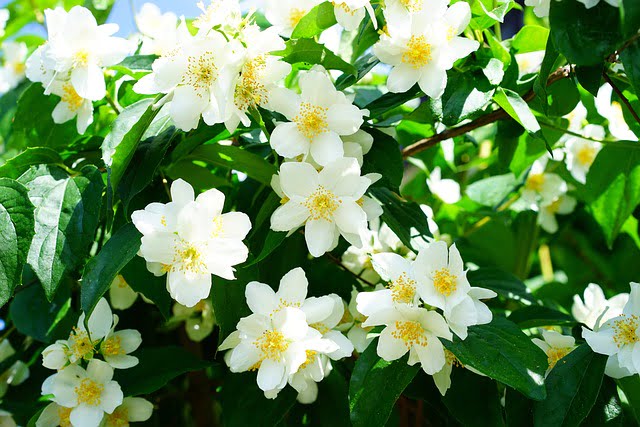
As an evergreen shrub, night-blooming jasmine provides visual interest throughout the year and is a hardy grower. However, it should be noted that all members of the Solanaceae family have varying degrees of toxicity, and the scent may irritate. te individuals with respiratory issues such as asthma.
8. Night-Scented Orchid
While the night-scented orchid (Epidendrum nocturnum) may not always open its blooms at night, it consistently releases its captivating fragrance after dusk.
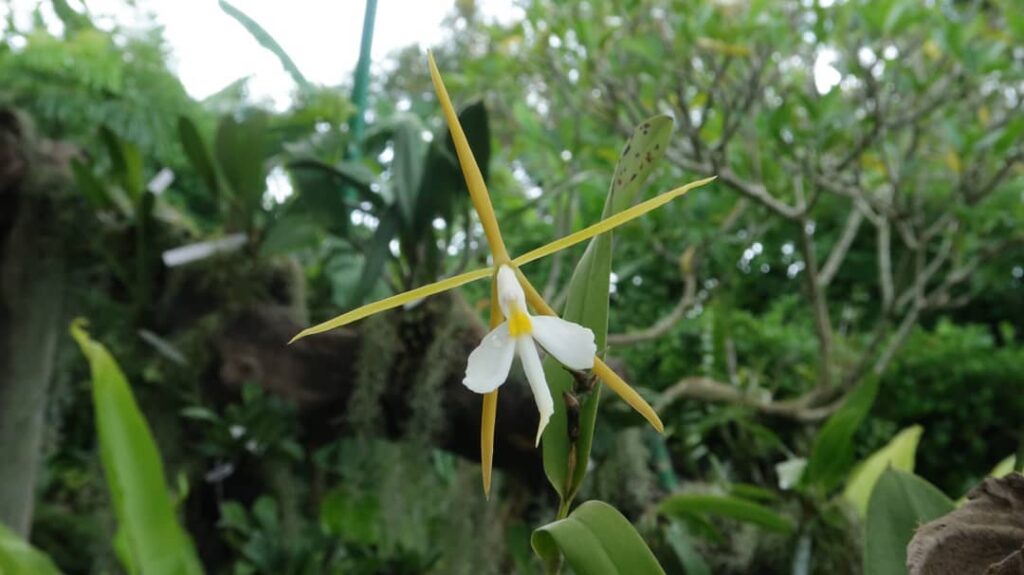
Native to Central America, South America, the West Indies, and Mexico, this swamp-loving flower can be found in Florida and can be grown elsewhere with careful attention to watering and plant maintenance.
As these orchids do not rely on pollinators for propagation, their white and yellow flowers may not open frequently or at all.
9. Nicotiana
Nicotiana is a genus that includes tobacco plants used in the production of cigars and cigarettes. However, the variety used for smoking is not typically available at local garden centers. Nicotiana, a night-blooming plant, can be transplanted from nursery plants for a quick burst of color in your flowerbed, or you can opt to grow it from seed.
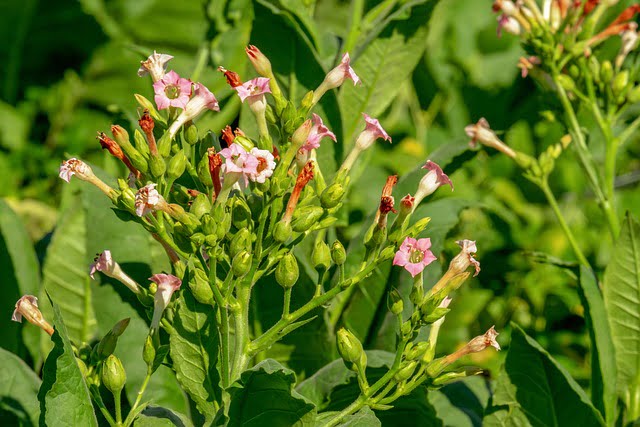
Flowers that bloom at night come in various shades, including white, pink, green, or red. Their strong fragrance attracts night pollinators to your yard, and when they open in the late afternoon or early evening, you can enjoy the blooms and the hummingbirds they attract. As a member of the Solanaceae family, caution should be exercised when selecting a planting location.
Read More: 10 Largest Freshwater Lakes in The World
10. Four O’Clock
Four o’clock (Mirabilis jalapa) flowers possess unique qualities compared to other night-blooming plants. A single plant can produce multiple colors of flowers, and individual flowers themselves may exhibit more than one color.
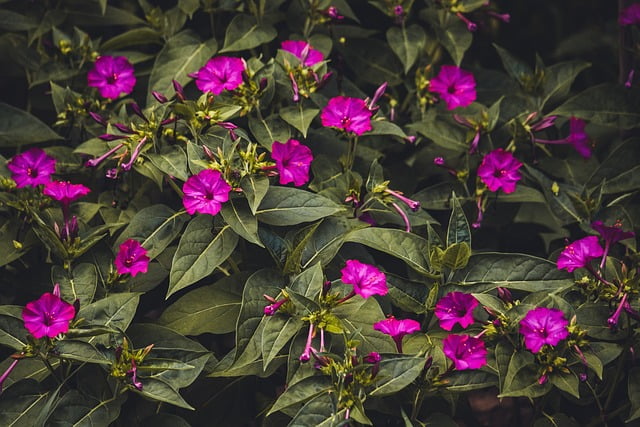
Common hues found in four o’clocks include white, yellow, pink, red, and a stunning magenta, making them an excellent choice for adding color to moon gardens. They are often grown as annuals, but in Coastal California, they can be grown as perennials. In cooler winter regions, they die back with the first frost but return in spring.
11. Casa Blanca Lily
Casa Blanca lilies (Lilium ‘Casa Blanca’) are fragrant and exquisite additions to a moon garden. These large white flowers bloom at night, reflecting the moonlight and adding a touch of elegance. They also make a stunning choice for cutting gardens.

When planting Casa Blanca lilies, ensure that you leave plenty of stem and leaves on the plant to provide the bulb with the energy it needs to overwinter and bloom again in the spring. However, it’s essential to note that all lilies are toxic to cats and dogs.
Read More: Top Highest Rainfall Places in India
12. Evening Stock
Also known as night-scented stock, evening stock (Matthiola longipetala) is a hardy annual that can thrive in various regions of North America. During the day, its purple and white flowers may appear slightly wilted, but they come alive and spread their petals at night.
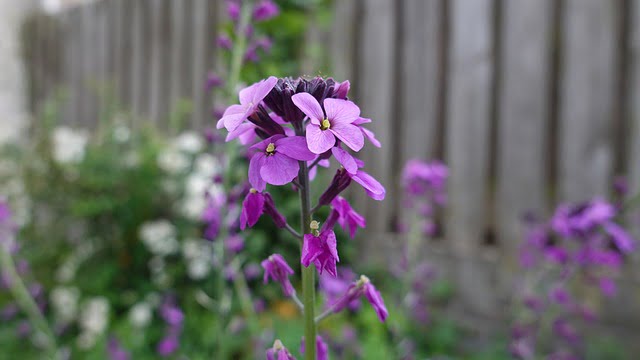
This is also when the evening stock emits its most enchanting fragrance. Plant it near your outdoor living areas if you frequently entertain in the evening, allowing you and your guests to fully enjoy its captivating scent.
Read More: 10 Marvelous Rock Formations in the World
13. Tuberose
Tuberose (Polianthes tuberosa) is renowned for its inclusion in perfumes, making it an excellent choice for a night-blooming flower with a strong and inviting fragrance. This perennial plant thrives in full sun and warmer climates, producing clusters of white flowers on long spikes in mid- to late-summer.
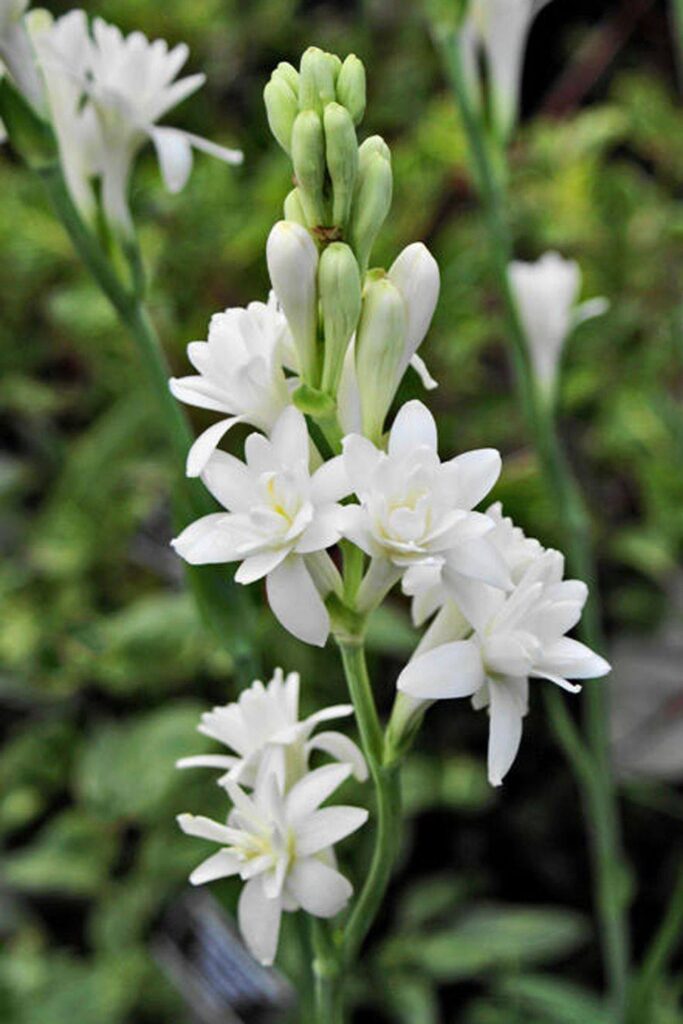
The white flowers reflect the moonlight, enhancing the beauty of your night garden. Additionally, you can use tuberose as a cutting flower for bouquets and floral arrangements. It can be grown in flowerbeds, borders, or even large flowerpots, allowing you to place it closer to your outdoor entertaining areas.
